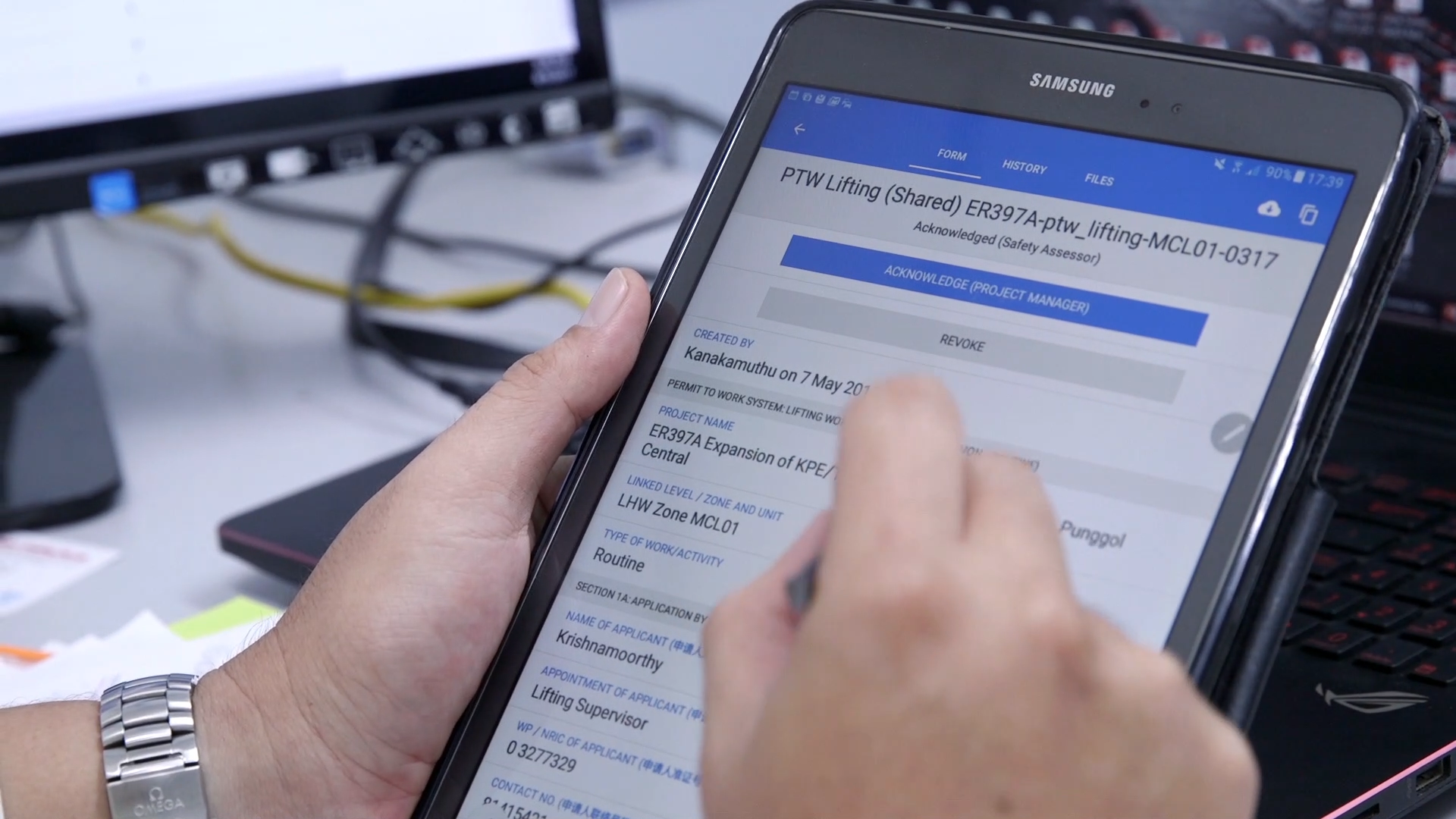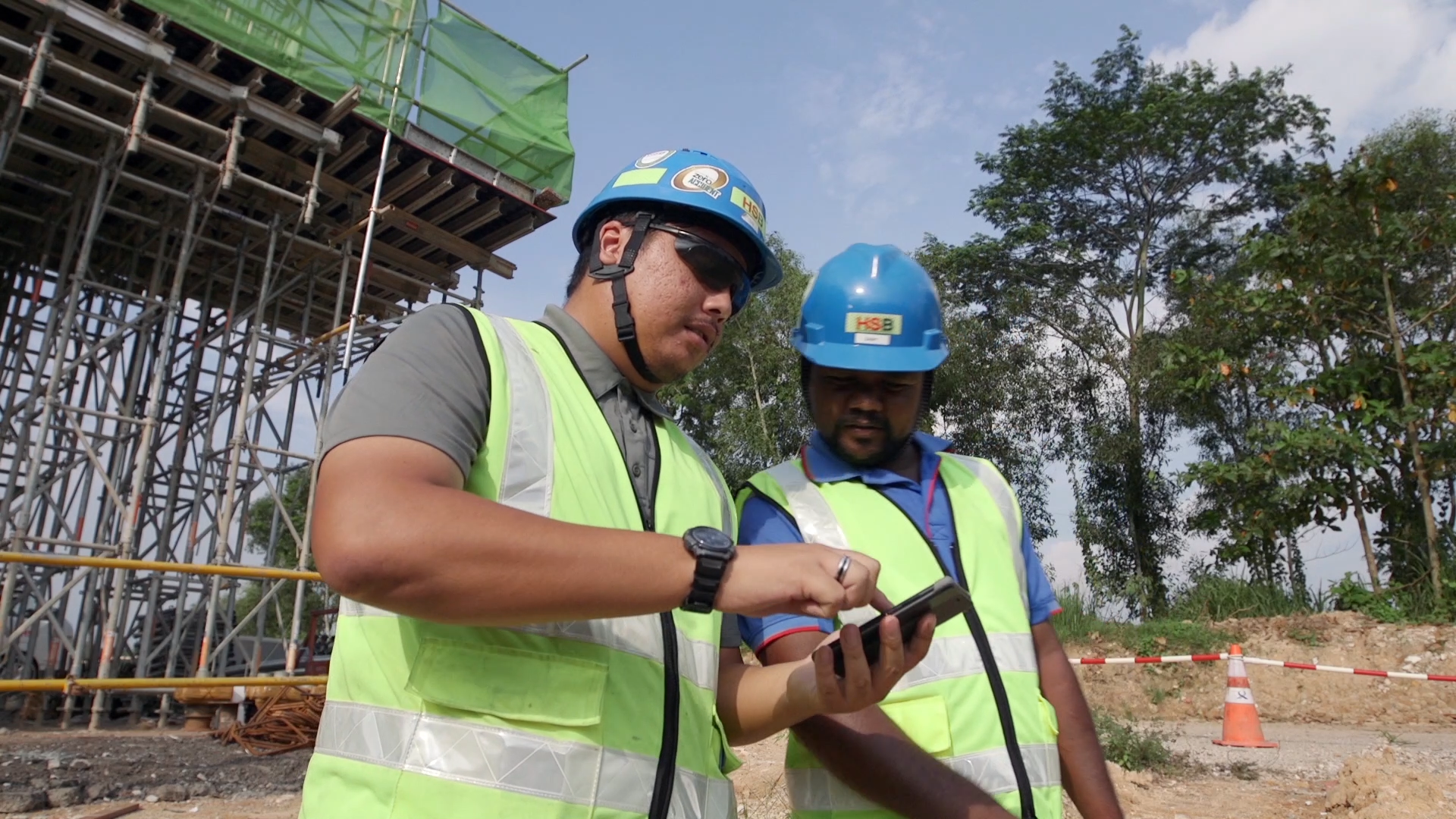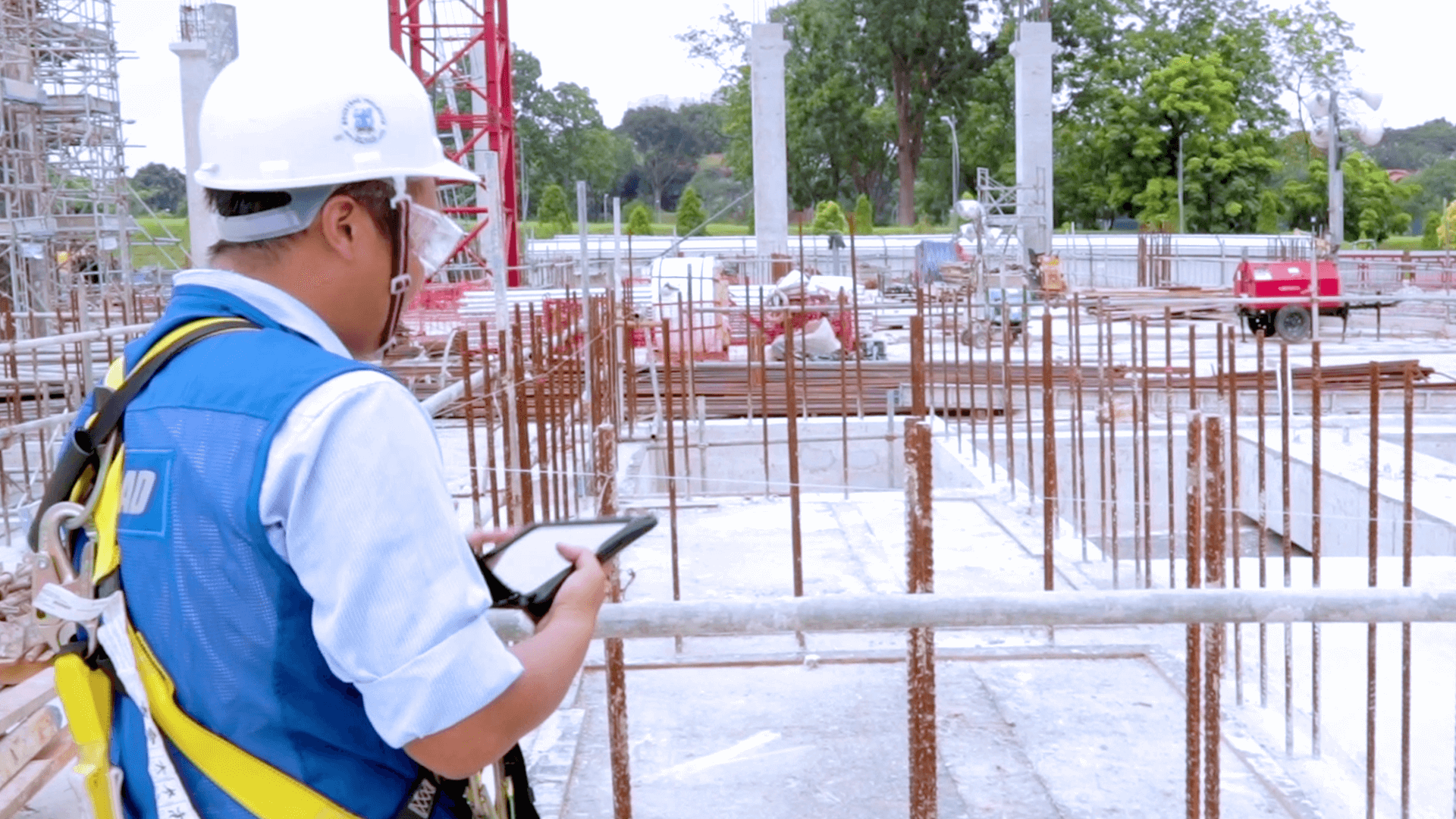How safety compliance software improves HSE standards
In high-risk sectors, workplace safety necessitates strict adherence to safety regulations. These guidelines are crucial for keeping workers safe and lowering the chances of accidents.
Not following these rules can lead to large fines, damage to the company’s reputation, and even lawsuits. Therefore, it is crucial to have strong safety measures that meet regulatory requirements.
This article looks at how safety software can aid in managing compliance. We will offer tips for choosing the right software solution and discuss the latest trends and innovations in this area.
Software is playing an increasing role in managing compliance
In recent years, health and safety management software have changed how companies handle and ensure compliance. The rise in software usage is due to several factors.
First, companies encounter more regulatory scrutiny and face larger penalties for non-compliance. This evolution requires a robust compliance management system that can adapt to changing rules. Advanced software platforms serve as central hubs for compliance documents, training programs, and reporting tools. They simplify compliance management in a rapidly evolving environment.
Moreover, using safety management systems can significantly enhance workplace safety and employee engagement. When compliance tasks are included in daily work, employees view compliance as an essential aspect of their job. Furthermore, with data analytics, organizations can track compliance patterns and pinpoint weaknesses. This insight aids better decision-making and risk management.

Key features of safety compliance software
Conducting risk assessment
A key feature is the capacity to conduct risk assessments. This process identifies possible dangers that may threaten workers in various parts of the organization. The software helps safety managers evaluate the likelihood and severity of these risks. This information aids in making informed decisions about workplace safety measures.
Managing safety processes with an app
A process safety management software can assist with many tasks. It can track compliance, provide training materials, and document safety checks. All these tasks can be done using a mobile device.
Furthermore, it allows for quicker reporting of issues and immediate feedback on safety processes. The app also enhances communication among team members and management. This facilitates swift handling of safety concerns, fostering a strong safety culture.
Monitoring sites in real time
A key feature of modern safety compliance software is the ability to monitor field operations. This allows you to manage employee orientation programs, toolbox talks, and ensure that all workers have the required credentials. If your operations require work permits, the software helps you keep track of all permits and spot any issues. During safety audits, it also makes it easier to track the progress of corrective actions.
Moreover, using Internet of Things (IoT) devices or wearables can provide real-time data. This creates a continuous monitoring system for health and environmental conditions.
Reporting near misses and accidents
A key part of safety compliance software is near misses and incident management. This function allows for quick documentation and reporting of safety incidents. The information gathered from this process is very useful. It helps safety managers identify trends and mitigate risks.
When companies encourage workers to report incidents without fear, they are building a sense of shared responsibility for safety. This approach can lead to fewer accidents and injuries at work.
Using dashboards and analytics tools
Dashboards and analytics tools are now crucial in today’s operations. They gather data from different sources, such as real-time monitoring and historical trends. This allows users to monitor key performance indicators (KPIs), track progress toward goals, and identify possible risks. As a result, organizations gain a clear understanding of their performance, leading to better decision-making.
Additionally, using dashboards and analytics in workflows enhances teamwork and communication among departments. By centralizing important data and insights, these tools help eliminate obstacles, ensuring that everyone is on the same page. Having clear information is essential for promoting a united strategy for health and safety program.
Selection criteria for safety compliance software
Choosing the right safety solution is essential for managing compliance effectively. It must fit your company’s unique needs and processes. Pay attention to the vendor’s reputation and focus on these key areas:
Ease of use
A simple user interface is very important, especially for complex controls. The ability to use the app on all mobile devices makes it more useful. Moreover, offline mode is essential for use in places with weak or no internet connection.
When workers find the tools easy to use, they are more likely to incorporate it into their daily activities. This natural integration of safety protocols into everyday activities boosts compliance rates and helps build a proactive safety attitude within the organization.
Configuration
In the construction, oil and gas, and many manufacturing fields, every project is different. Therefore, safety software must adjust to specific rules and compliance needs of each company and project. This configuration is not just useful; it is essential for keeping safety measures effective and relevant.
Safety software frequently employs templates to ensure consistent processes. A basic template following regulations is a good starting point. However, the system must allow full configuration to match the way people work. Finding the right balance between standard and custom process is important.
Integration
To effectively use safety software, it must work well with your existing systems. This is especially true with your Human Resources (HR) system to track safety training and certifications for workers. It should also connect easily with your asset management system for managing safety equipment usage and maintenance. This integration improves operations and supports a unified approach to safety in your organization.
Scale
As your organization grows—whether by adding more employees, or entering new markets—the safety software must adapt. It should handle more data and safety tasks without losing performance.
Additionally, the software must fit well with your existing IT setup. This ensures a smooth installation, which reduces downtime and disruption. A well-integrated and scalable safety solution helps create a safer workplace and a more efficient organization.
Training
It is very important to stress the role of training in using safety software effectively. Users must fully understand how to navigate the software and use its various features.
The vendor has a crucial part to play in this process. During the implementation, the vendor should provide detailed training to the users. Additionally, as the software is updated with new features, the vendor should continue to offer the needed training.

Future trends in compliance safety software
Here are few developments and innovations we are observing in the field of safety compliance:
Custom content to enhance learning
A significant trend in safety software is the development of tailored training content. Tailored training makes learning more relevant and engaging for employees. By creating personalized scenarios, case studies, and real-life applications, companies help employees grasp safety protocols more effectively. This approach enables them to relate their training to actual situations.
Moreover, advancements in e-learning technology further enhance this trend. Companies can swiftly update training materials to align with new regulations and best practices. This keeps employees informed with the most current safety information.
Adoption of video analytics
Video analytics tools use smart technology to constantly monitor sites. For instance, they can spot when unauthorized individuals enter restricted zones or when workers fail to wear helmets. They also detect when workers are too close to moving vehicles. By analyzing real-time video from cameras, these tools can quickly identify dangerous situations and enable rapid responses.
These systems are new but growing fast. To use them widely, they must be trained for accuracy and precision. They also need to follow personal data rules and not be viewed as intrusive monitoring tools. Some of the companies to watch out in that space are Invigilo and Ailytics.
AI to prevent accidents
AI safety software looks at large amounts of data from past incidents, near-miss events, and hazard evaluations. By doing this, it can spot potential risks and predict future accidents. This helps safety managers know which issues to focus on and how to use their resources better. Instead of reacting to problems, they can address safety concerns ahead of time.
For example, a model might show that changes in weather, delays in tasks, or longer work hours could be connected to higher risks. With this knowledge, site managers can take specific actions, like changing work hours or improving training for workers.
This is a new frontier in safety compliance management. To be fully effective such models need to rely on a high volume of accurate data. The leading supplier in this domain is Novade, with models that predict accidents with an accuracy above 80%.
Exploring safety compliance software?
Conclusion: The increasing importance of safety compliance software
In high-risk industries, safety compliance software is becoming a vital part of a company’s strategy.
With safety compliance software, companies can identify and reduce potential risks, which lowers the chances of accidents and injuries. Moreover, safety compliance software can foster accountability among employees. When workers can easily find safety and regulation information, they are more likely to participate in safety initiatives. This teamwork builds a culture where safety is a common goal.
Companies using safety compliance software effectively can stand out from their competitors. They are likely to experience fewer incidents, improved employee morale, and greater overall success.

About Novade
Novade is the leading field management software, specialised in safety compliance, quality assurance and project tracking. The Novade digital platform is used on more than 10000 sites across the word. Novade is at the forefront of developing AI models, innovating ways to predict accidents on sites.

About Denis Branthonne
Denis Branthonne is the Novade CEO. He has 25 years of experience in construction technology. He has witnessed the adoption of digital technology in thousands of sites across the word. He is also involved in defining the digital strategy of the top companies in the industry
Looking for safety compliance software?
RECOMMENDED CONTENT:





